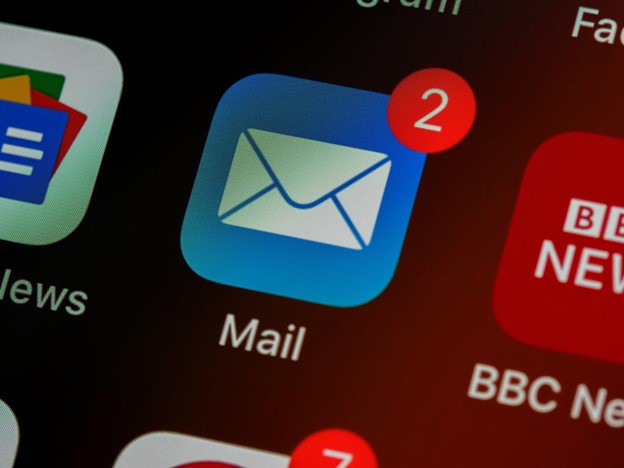
When talking about search engine optimization (SEO), most would focus on the written content and how you optimize them with keywords and links. When curating content, it’s easy to forget that humans are visual creatures. It’s easier to create a lasting impact with photos because 90% of the data processed by the brain is visual content. It’s one of the reasons why search engines would favor websites with images.
Images give readers additional context about the written content. It’s also critical for engaging users, which helps rank a site. That said, it’s a wise move to invest in image SEO.
But what is it, exactly?
What is image SEO?
Image SEO refers to optimizing images with the appropriate captions, correct file dimensions, thoughtful alt text, and descriptions. A carefully implemented image SEO can help your content become more visible to search engine crawlers.
When crawlers understand your content better, they can index your site better, making it more visible to your intended audience. In short, image SEO is critical for bringing traffic to your site.
Impact of Image Size
Image size is crucial in optimizing a website to become more effective. It helps your page load faster, giving a better user experience and increasing your search engine rankings. Compressing your images maintains fast loading and keeps your visitors on your website.
Google found that page load speeds beyond five seconds can cause visitors to leave the page 90% of the time. The best practice is to keep the page loading time under three seconds.
The ideal file size of an image is less than 100 KB to give your page an excellent total size. Compressing a small image to 30-50 KB would allow you to use another photo bigger than 30 KB.
However, compressing your images may affect image quality. Using an image upscaler can enhance your photos after compression.
Format Matters
Before uploading images to accompany your articles or pages, check the image format first. You can choose from many file types, including JPEG, PNG, and WebP. There are various pros and cons to using these file types.
PNG files offer better quality because of their lossless data compression. They are most valuable when you need a transparent background for your images. However, they’re not as SEO-friendly since they usually have larger file sizes, which could increase page load speed.
WebP is another image file format supported by Google. It can provide 30% higher compression than JPEG without sacrificing image quality. However, the size reduction can have color banding. It’s also not compatible with many websites.
Most use the JPEG format because they’re better for SEO because of their compression levels and better page loading time.
Unique Images Sell
When implementing image SEO, you want your visual content to be captivating. You don’t want your page to have the same generic images as any other website. You may tick all the checklists for optimizing your images, from alt-text to format. However, it won’t make an impact if it’s the same as any other stock photo out there. Taking your own images means you don’t have to worry about copyright.
Curate your images. Let your pictures send the message you want your readers to know. When you arouse their curiosity, they’d visit your page and engage. That’s how you sell.
Make It Relevant
It’s a big no-no to simply upload an image that isn’t related to your content. Remember, your image should help search engine crawlers and readers understand the context of your content.
As of writing, MozCast tracks that 21.1% of Google’s search engine results page (SERP) has images. This data means that those with images will rank higher. Readers can use this as a basis if the content they’re looking for is what they need.
If they visit the site and see that the content doesn’t address their search query, they’ll abandon the page and move on. This user behavior can increase the bounce rate. While it doesn’t directly impact organic search rankings, it may affect other metrics.
Mobile-friendliness Wins
Google’s algorithm favors sites that use mobile-first indexing. Bots would first search for the website’s mobile version. This goes without saying that images should be mobile-friendly. Ensure all images and the website layout are mobile responsive, wherein images will automatically scale based on the viewing device.
Some website builders will resize images, but it’s also possible to indicate image size based on what your target audience usually uses.
Key Takeaways
Image SEO is vital for improving your searchability and visibility. Following these best practices ensures that your website attracts web crawlers and your intended audience.
- Compress your image size to help retain visitors
- Consider the importance of image file types
- Curate unique images
- Use relevant images
- Make your pictures mobile responsive





